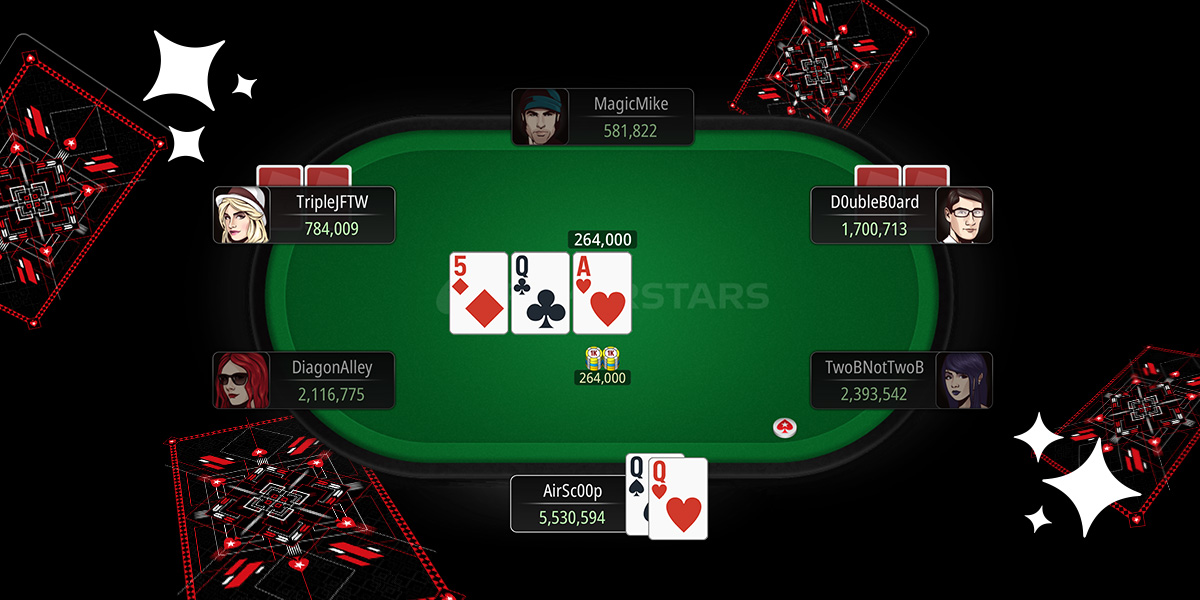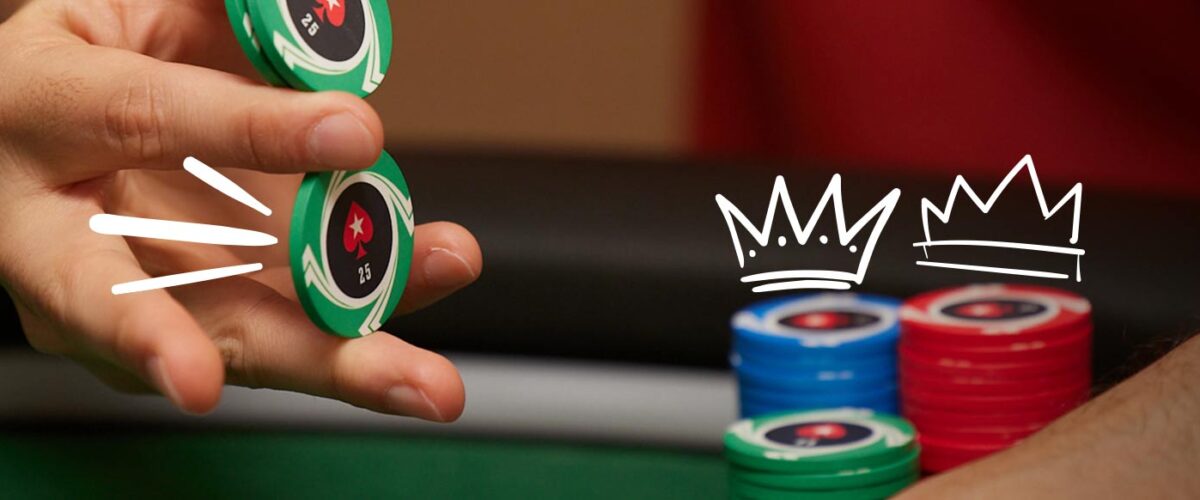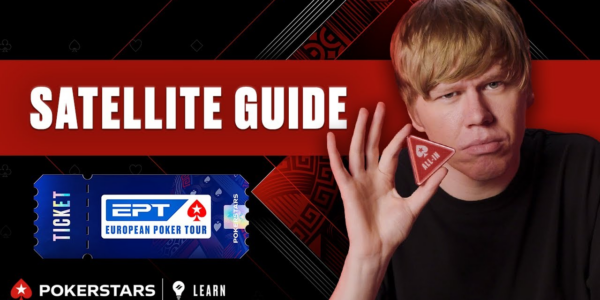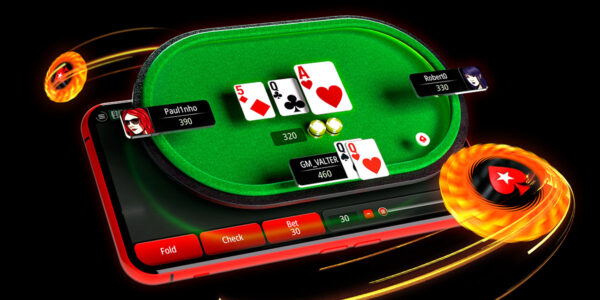The Beginner’s Guide to ICM
We’ve all had to explain to a friend or relative that when a player in a tournament has a stack of one million chips, it doesn’t mean they have a million dollars in cash in front of them. But just because you can’t pick up your poker chips in a tournament and cash them out like you can in a cash game, that doesn’t mean they don’t have a monetary value.
Your stack is worth something from the moment you register. It has an amount of equity in dollars relative to the prize pool, and it changes based on how many players are left.
The bigger your chip stack, the more likely you are to run deep or even win the tournament, and therefore, the more equity in dollars your stack has.
To work all of this out, poker players use a mathematical formula called the Independent Chip Model, commonly referred to as ICM.
But how does ICM work? And why should tournament poker players know about it?
In this beginner’s guide, we’re going to break down what ICM is, how the formula came to be, and how it’s used in poker tournaments.

What is ICM in poker?
The Independent Chip Model (ICM) is a formula that converts your stack size into equity in dollars, regardless of the stage of the tournament.
But why do we need it? Well, the model determines how often you’re expected to reach the big prizes in a tournament based on how large your chip stack is. It doesn’t take your skill level or experience – or that of your opponents – into consideration.
Although your chips have value as soon as a tournament begins, the need for ICM consideration doesn’t really kick in until you reach the bubble. It becomes extremely relevant once you’re in the money though, particularly as you approach a final table and play down to a winner, as the pay jumps are bigger.
ICM is also a popular way of making deals on the final table. It’s different to a chip-chop (where prize money is split purely based on chip counts) as it includes the likelihood of the smaller stacks forging a comeback.
It’s in your best interest to learn about ICM because it should impact the way you play during the late stages of tournaments. If you have a big stack, you can apply more pressure because of ICM. If you’re a middle stack, you should play tighter because of ICM. And if you’re the shortest stack (by some margin) you can play looser because of ICM.

How is ICM used in tournament poker?
Here’s an easy-to-understand example to help explain how ICM works.
Let’s say three players remain in a Sit & Go tournament.
- Player 1 has 50,000 chips (50% of the chips in play)
- Player 2 has 30,000 chips (30% of the chips in play)
- Player 3 has 20,000 chips (20% of the chips in play)
The prizes are as follows:
- 1st place – $700
- 2nd place – $300
- 3rd place – -$0
As the third-place finisher wins nothing, this means the players are on a money bubble.
If it were possible for the three to make an ICM deal and chop the prize money, Player 1 would receive $451.70, Player 2 would receive $322.50, and Player 3 would receive $225.80.
These amounts are calculated based on ICM, i.e. how often each player is expected to win the tournament. In this scenario, Player 1 is expected to win 50% of the time, Player 2 is expected to win 30% of the time, and Player 3 is expected to win 20% of the time.
As the chip leader, Player 1 is currently the most likely player to win. Therefore, they would receive the most money in an ICM deal.
Player 1 can play aggressively, particularly against Player 2 who does not want to be eliminated before Player 3. However, the aggression must be well-timed. Play too aggressively and they could give up the chip lead and decrease the value of their stack.
Player 3 is the least likely to win based on their small chip stack. This means they have more freedom to play aggressively than Player 2 does as they have less to lose. Neither Player 1 nor Player 2 want to risk doubling up Player 3, weakening their own stack, so they should only call all-ins with their strongest hands.
Player 2 is under the most ICM pressure. They might have a 30% chance of winning, but their chance of finishing second and making the money is 37.5% compared to Player 3’s 28.6%. Busting before Player 3 would be a disaster, so expect Player 2 to play tight.
This is a simple example of a complex model, but hopefully, it shows you how ICM is used and helps you understand the value of your stack the next time you’re deep in a tournament.













